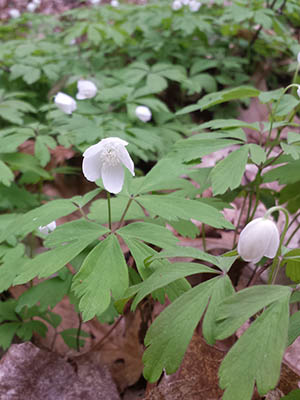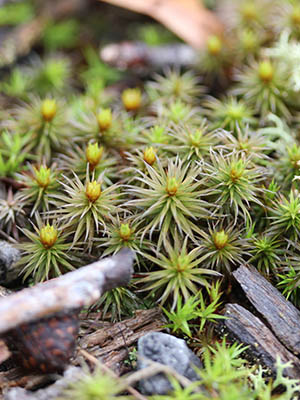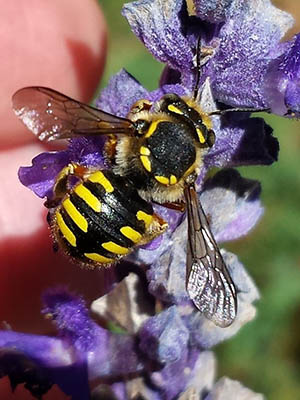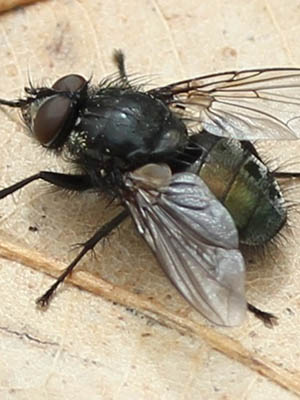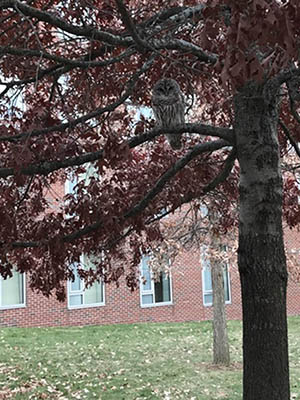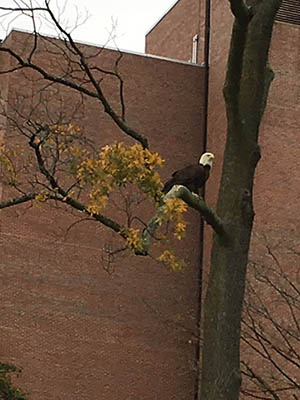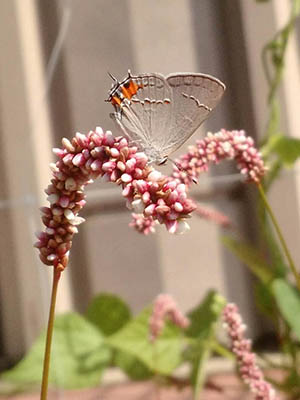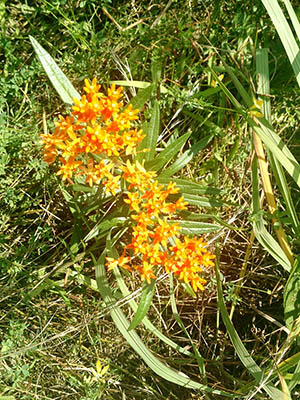Biodiversity at Brandeis
Since 2016, the campus community has been engaged in documenting biodiversity (the variety of life) on campus via the online science platform iNaturalist.
Learning how to keep track of the natural world and identify species are invaluable skills for any environmental professional. iNaturalist helps us to curate what is known about our campus and the species with whom we share our 235-acre campus home.
INaturalist is easy to use and allows our students to engage with a network of people who openly share their knowledge of and passion for nature. It also serves as a crowdsourced species-identification tool and organism-occurrence documenting tool that helps students to discover what the natural world on campus looks like and how it may change over time.
One need not be a Brandeis student or enrolled in an environmental studies course to use iNaturalist. Anyone can join the iNaturalist community and follow the results of our work. To date, we have documented more than 1,000 species!
